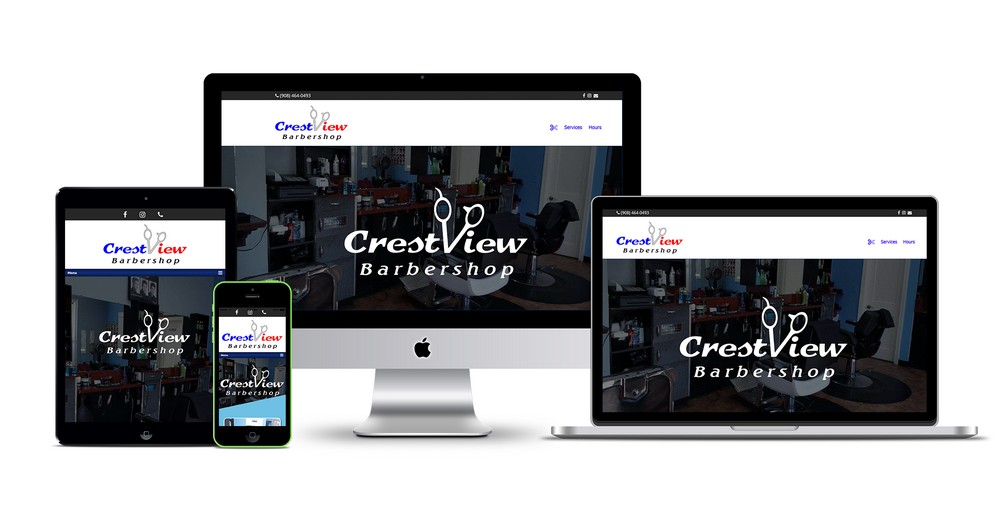In today’s digital landscape, creating a website that attracts and engages users is crucial for online success. Two key factors contribute to a website’s effectiveness: User Experience (UX) and Search Engine Optimization (SEO). While often viewed as separate entities, UX and SEO are interconnected and complementary. In this article, we’ll explore how they work together to elevate your website.
The UX-SEO Connection
UX focuses on crafting a seamless, intuitive, and user-friendly experience, ensuring visitors can easily find what they’re looking for. SEO, on the other hand, optimizes your website for search engines, increasing visibility and driving organic traffic. The connection between UX and SEO lies in their shared goal: to provide users with relevant and valuable content.
How UX Impacts SEO
- User Engagement: A well-designed UX encourages users to stay longer, explore more, and engage with your content. This increased engagement signals to search engines that your website is relevant and useful, improving your search rankings.
- Mobile-Friendliness: A responsive, mobile-friendly design ensures a smooth UX across devices. Google’s mobile-first indexing prioritizes mobile-friendly websites, making UX a crucial SEO factor.
- Page Speed: A fast-loading website is essential for UX. Google also considers page speed a key ranking factor, as it directly impacts user experience.
How SEO Impacts UX
- Keyword Research: Understanding your target audience’s search behavior informs your UX design. By incorporating relevant keywords, you can create content that resonates with users and addresses their needs.
- Content Strategy: SEO-driven content strategies can guide your UX decisions, ensuring your website’s structure and navigation are intuitive and user-friendly.
- Information Architecture: A well-organized information architecture, influenced by SEO best practices, helps users find what they’re looking for, enhancing their overall UX.
Best Practices for Combining UX and SEO
- Conduct User Research: Understand your target audience’s needs, behaviors, and search patterns to inform both UX and SEO decisions.
- Design for Accessibility: Ensure your website is accessible to all users, including those with disabilities, to improve UX and SEO.
- Optimize for Mobile: Prioritize mobile-friendliness to cater to the majority of web users and align with Google’s mobile-first approach.
- Use Clear and Concise Language: Communicate complex ideas simply, making your content more user-friendly and SEO-friendly.
- Test and Iterate: Continuously test and refine your website’s UX and SEO elements to ensure they work harmoniously.
Conclusion
UX and SEO are interconnected pillars that support a successful website. By understanding how they work together, you can create a seamless, user-friendly experience that attracts and engages visitors, while also improving your search engine rankings. By combining UX and SEO best practices, you’ll elevate your website and drive long-term online success.




















